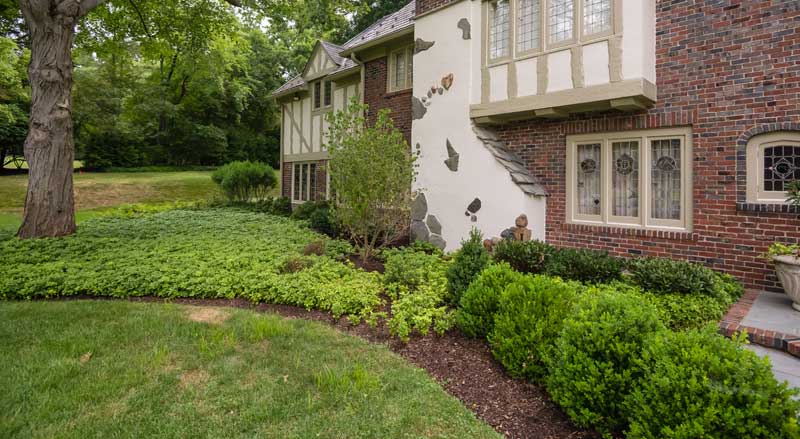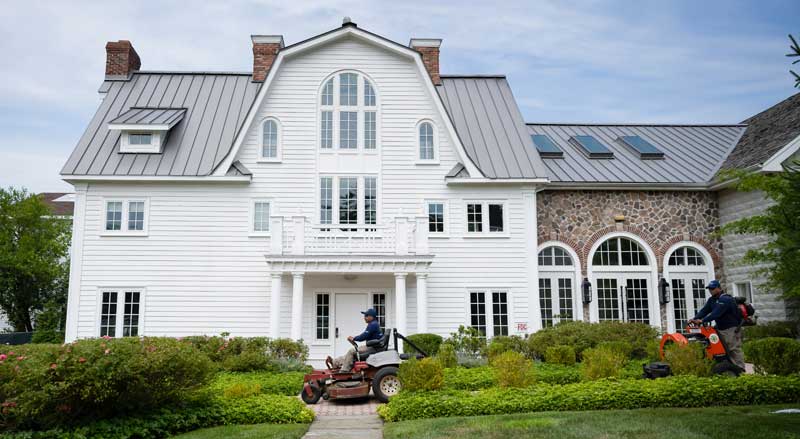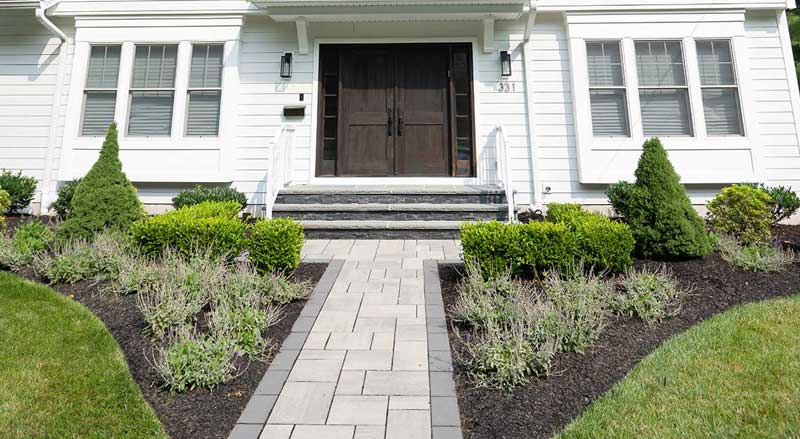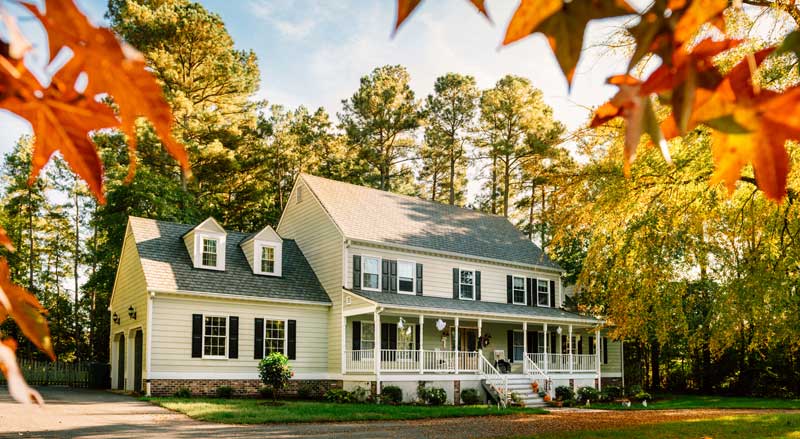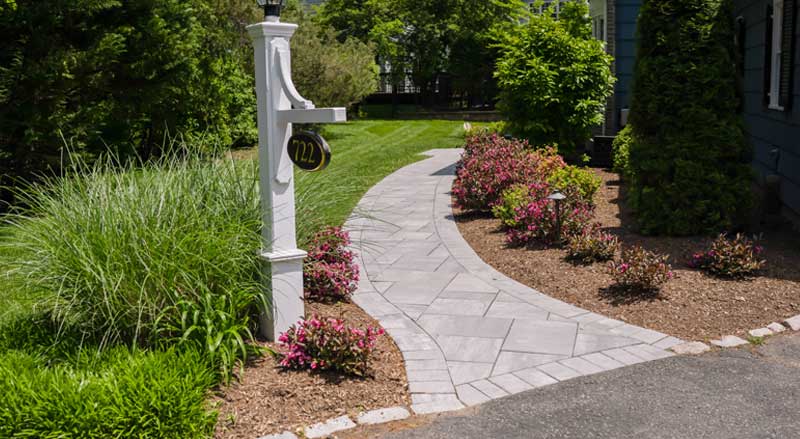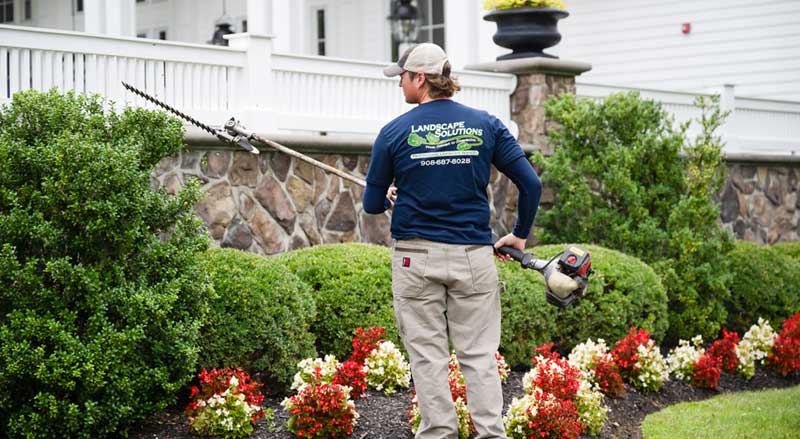When it comes to landscape design ideas, there are many important things to consider.
Creating a landscape design has a lot in common with decorating your home. You wouldn’t want to fill a Victorian home with all modern furniture. It just wouldn’t feel right. There are certain design principles you want to pay attention to.
The same is true for landscape design.
Getting Started
When starting a landscape design, commit to putting your plan on paper.
A good landscape architect can help you fine tune your ideas later and come up with a complete master plan.
Gail Hansen De Chapman, a known expert in landscape design, has said the goal of a master plan is to, “organize the natural and man-made features in your yard into an aesthetic, functional, and environmentally sustainable landscape.”
Determine Your Wants and Needs
Initially, think about what you want in your landscape.
Include amenities for all the members of your family, including pets. Think about how you want to entertain visitors.
Some things to consider are:
- How do you want to use the yard compared to how you now use your yard? What’s currently missing? What do you enjoy?
- Are you restricted by existing house doors or other design elements?
- Are your ideas practical for your lifestyle?
- How do you want your yard to look?
- Will you be maintaining your new yard yourself, or will you be hiring a landscape company for maintenance?
- What is your realistic budget for materials, plantings, installation, hardscaping, and ongoing maintenance?
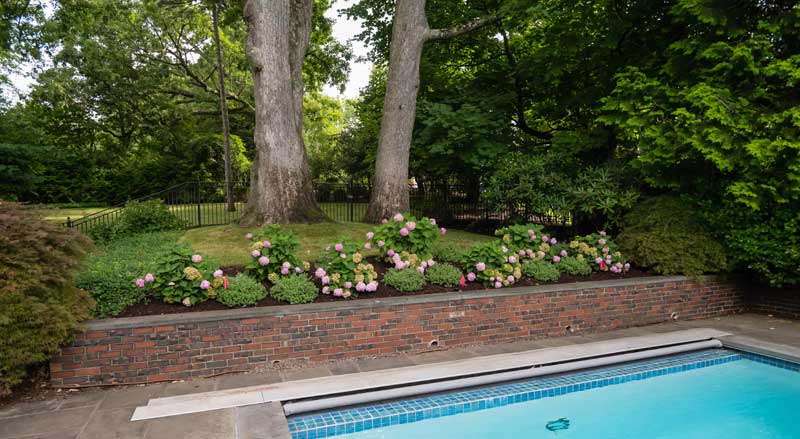
Do you want areas for:
- Swimming
- Relaxing
- Cooking and eating outside
- A child’s playground
- Gardening
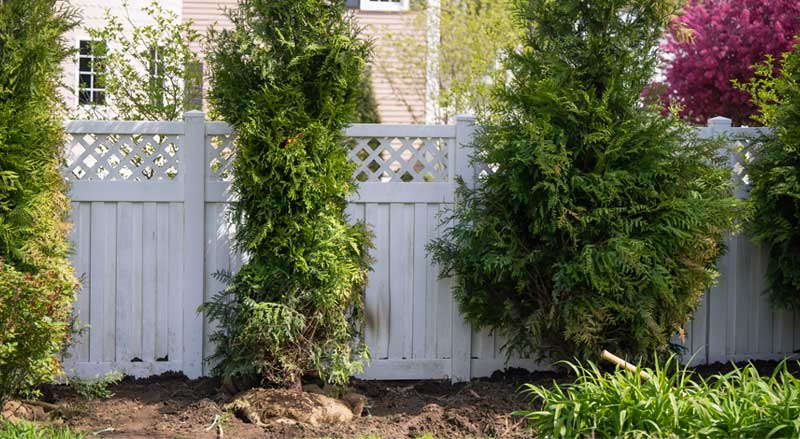
Are these amenities important to you?
- Privacy
- Multi-tier patio(s)
- Water feature
- Pool
- A fire pit or fireplace
- A dog run area
Landscape design can range from relatively inexpensive to very expensive. It’s up to you. Here are some ideas for small space landscape design.
How Will Your Property Affect Your Design?
Next, explore each section of your property to learn how it can be used.
Involve a landscape architect who has the knowledge and expertise to come up with a workable final design.
Soil Type
Test and analyze soil to determine what greenery it will best support. Also, learn if your soil is generally dry, moist, or a combination.
You will do best with plantings that work with your soil’s natural composition. This will be much more sustainable over the years.
Drainage and Water
Determine if your property has drainage problems. Correct all drainage problems before installation begins.
Direct all drainage away from the house.
If there are areas in your yard where water collects, use plants there that enjoy a lot of water. Similarly, group together plants that like dry soil conditions in drier areas.
Sun Exposure
Different areas of your property probably have varying levels of sun exposure during the day. Sun exposure also varies from month to month throughout the year.
Select plants based on the categories of:
- Shade
- Partial shade
- Deep sun
- Full sun
Consult the USDA Plant Hardiness Zone Map to determine what will grow best in your region. Then select the trees, shrubs and plants that will best survive in your climate zone.
Microclimates on your property will allow variety when selecting plantings. For example, a large established tree can create lots of shade in an otherwise sunny yard.
Daily sunlight and other conditions, such as amount of wind exposure, may affect where you want your outdoor sitting or dining areas to be.
Topography
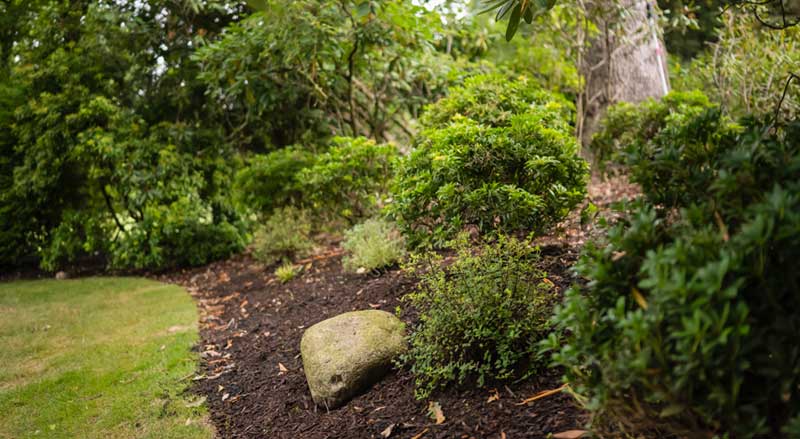
Make sure the plan fits well with your existing topography.
If your property has a slope, create tiers for flatter, more useable areas.
Some properties have beautiful expansive views. Take advantage of these views from patios or other areas.
Are Existing Elements Non-negotiable?
You may have pre-existing plants or structures in your garden that you don’t want to remove.
But, if you already have a flower garden, is it located where you really want it to be?
Will your existing fire pit be too close to your new dining area?
Sometimes it’s best to go with a completely new design and move or remove a pre-existing garden element.
Of course, some things like house doors are too costly or impossible to move. You will need to work with them, as is.
Study your property survey to know the exact boundaries of your property. You don’t want to plant privacy shrubs and find out they’re sitting in your neighbor’s yard.
And you don’t want to plant expensive trees where there’s a utility easement that might need to be accessed.
And always remember to work within your budget.
Basic Landscape Design Principles
Good landscape design relies on the same design principles that apply to all art forms.
Here are just five classic principles necessary for good landscape design.
Balance
A sense of balance makes a person feel at ease in the garden. Symmetrical balance includes geometric patterns and shapes. Asymmetrical balance is more free flowing, such as irregular planting beds. Both are important. You can also create balance by using equal sized plants on either side of an object.
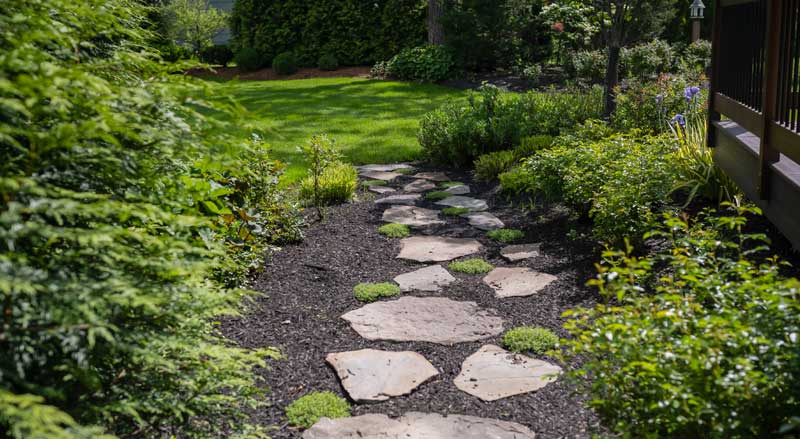
Rhythm and Line
Repetitions of equal space in the landscape creates rhythm. Planting beds, sidewalks, or other features can create lines. These elements give the garden a sense of movement. The physical sensation you feel can cause you to move faster, slower, or pause. Rhythm and line are inviting and draw you in.
A Focal Point
An inviting landscape has a focal point—a major design element—to first catch the visitor’s eye. A landscape can have several focal points to invite the visitor in and keep them moving further into the yard.
Simplicity
Landscapes should be uncluttered and pleasing to the eye. Designs can have complex features, but avoid too many colors, shapes, textures, or materials. Omit elements that don’t have a major and positive design impact.
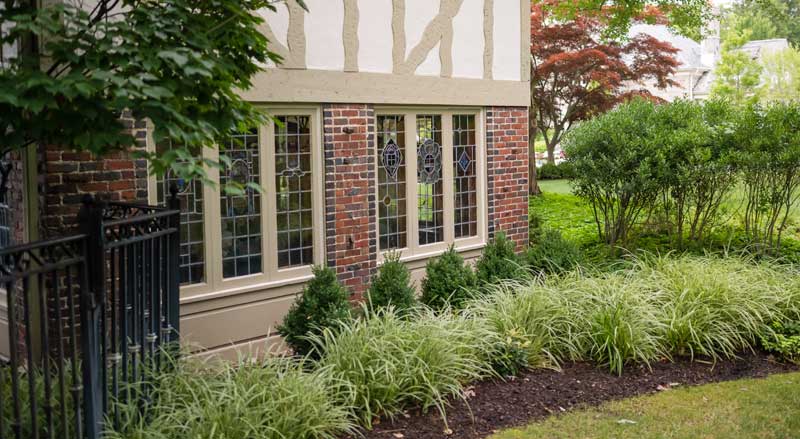
Unity
All the design elements should work together to create a total design. This extends to colors, textures, hardscape, and other features in the space. Include design elements from your home such as colors or architectural details.
Contact Landscape Solutions for help with the design of your new outdoor space.

